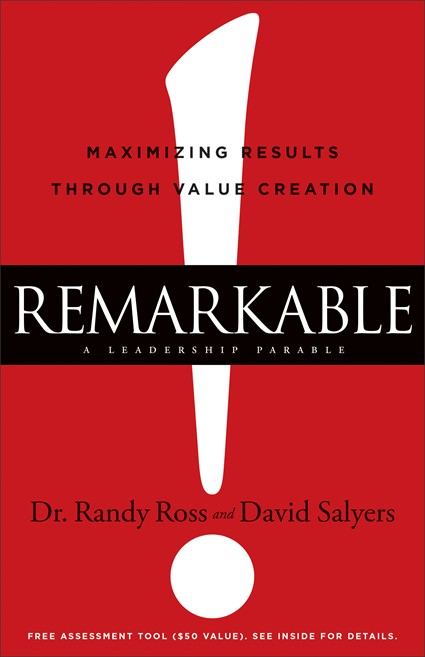Leaders Should Sweat the Small Stuff
Almost every day we read about a CEO ouster, a logo change that backfires, or a product launch that fails to live up to its hype.
As a young sailor, I was taught how to salute properly, and how to wear my dress blues and summer whites correctly. Later, as a naval officer I was reminded regularly that details matter, and can be the difference between life and death. It should be no different in business – business leaders need to learn early to “sweat the details”.
From my more than three decades in both the for-profit and nonprofit sectors, it has been my experience that the reasons for most failed executions are one or more of the following:
Hi there! This article is available for free. Login or register as a StrategyDriven Personal Business Advisor Self-Guided Client by:
Subscribing to the Self Guided Program - It's Free!
About the Author

(2015); Leadership Requires Extra Innings: Lessons on Leading from a Life in the Trenches
(2013); Real Leaders Don’t Boss: Inspire, Motivate, and Earn Respect from Employees and Watch Your Organization Soar
(2012).

 “The sweetest sound to anyone’s ears is the sounds of his own name.”
“The sweetest sound to anyone’s ears is the sounds of his own name.”
 Ron Carson is the founder and CEO of
Ron Carson is the founder and CEO of  It has been said that powerful questions can steer any conversation away from problems and personalities and move them toward meaningful solutions. Powerful questions evoke insight, stir creativity, inspire collaboration and help craft a culture of accountability.
It has been said that powerful questions can steer any conversation away from problems and personalities and move them toward meaningful solutions. Powerful questions evoke insight, stir creativity, inspire collaboration and help craft a culture of accountability. Dr. Randy Ross is founder and CEO (Chief Enthusiasm Officer) of
Dr. Randy Ross is founder and CEO (Chief Enthusiasm Officer) of  Scheduling meetings becomes particularly difficult when they involve numerous or senior level attendees. That said, there are several rules of thumb when scheduling meetings that can help ensure on-time attendance by those individuals needed to achieve the meetings objectives.
Scheduling meetings becomes particularly difficult when they involve numerous or senior level attendees. That said, there are several rules of thumb when scheduling meetings that can help ensure on-time attendance by those individuals needed to achieve the meetings objectives.